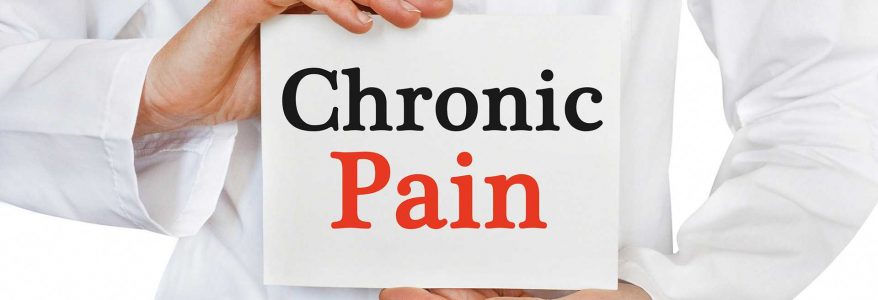
Spinal Cord Stimulators & the Control of Chronic Pain
As a workers’ compensation adjuster, I managed many work related injuries that were attributed to complex accidents that occurred while the employee was at work. For many of these employees, the work related injury often resulted in significant back pain with some employees requiring back surgery, not just once but several times.
In my experience of workers’ compensation management, the tendency for back pain sufferers to turn to repeat back surgeries was often disheartening. For many patients, back pain and spinal cord functioning was rarely improved with repeated back surgery and, in most cases, the spinal cord function was even further impaired.
For many patients, the option to use a spinal cord stimulator as a method for pain management was often considered in lieu of repeated back surgeries that may only serve to further damage the spinal cord integrity.
So, what is a spinal cord stimulator? Also known as a SCS, the spinal cord stimulator is a unit that is surgically implanted at the site where nerve damage is present. Through the use of an external control, the back pain sufferer can control the electromagnetic pulses that are sent to the damaged nerve area which, ultimately, block the pain signals from reaching the brain. According to spine surgeons at Central Texas Spine Institute, using a spinal cord stimulator will certainly help patients to minimize back pain and other pains related to your spine.

While the SCS does not remedy back pain 100 percent, it can provide back pain relief by about 50 percent and, when coupled with prescription medications, may provide for a far greater improvement in back pain than repeated back surgery.
The major disadvantage to the spinal cord stimulator lies in the cost associated with implantation, maintenance and repair. However, in terms of overall health outcomes, the back pain sufferer, especially those on workers’ compensation programs, may be able to return to gainful employment much sooner than those who pursue back surgery; only adding to the financial balance for this pain management method.
In the workers’ compensation programs, many employees opt to agree to settlement of their current and future medical benefits. When pursuing this option under your workers’ compensation plan, as a back pain sufferer, be certain your insurance adjuster is allowing for payment of chronic pain management techniques, including the cost for lifetime use of a spinal cord stimulator, stimulator replacements and associated replacements of lead wires and batteries.
As with any chronic pain issue, especially for employees who suffer from work related back injuries, there is a fine balance between repeating back surgery and electing to live with chronic pain. Because back surgery that is repeated over and over again often only results in further deterioration of the spine, both the injured employee and the employer may be well served by considering these alternative forms of pain management, including the use of a spinal cord stimulator.





